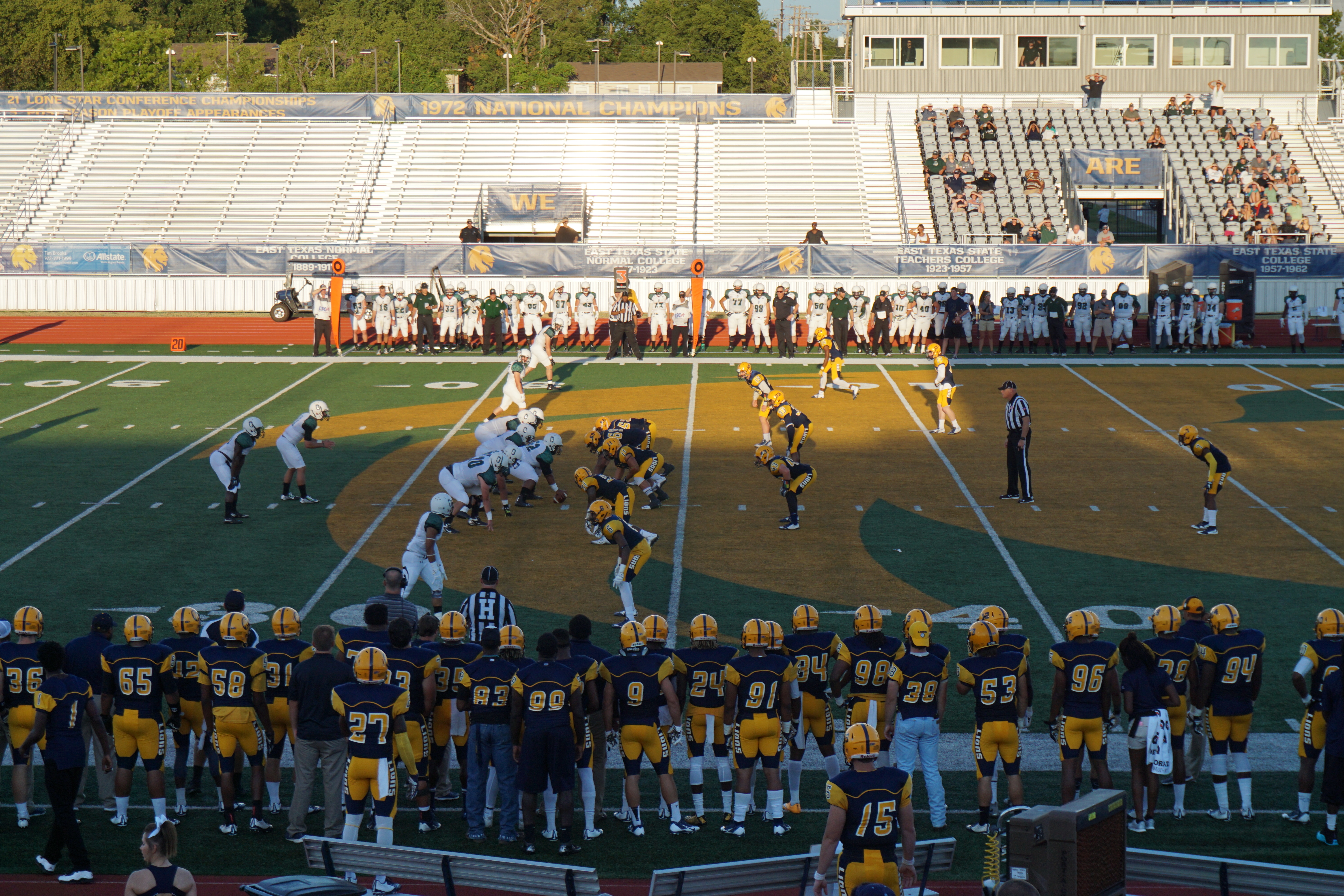Football 101
- Introduction to Football
- Understanding the Field
- Positions and Formations
- Football Basics: Offence
- Football Basics: Defense
- Advanced Football Strategies
- Football in the Modern Era
Football Basics: Defense
Understanding Defensive Formations in Football

American football defensive formation.
Football is a game of strategy and tactics, and nowhere is this more evident than in the defensive formations used by teams. In this unit, we will explore the different types of defensive formations and their uses.
Introduction to Defensive Formations
Defensive formations are the arrangements of defensive players on the field. These formations are designed to counter the offensive strategies of the opposing team. The choice of formation depends on various factors, including the offensive formation of the opposing team, the down and distance, and the game situation.
Understanding the 4-3 Defense
The 4-3 defense is one of the most common defensive formations in football. It consists of four defensive linemen (two defensive tackles and two defensive ends) and three linebackers. This formation is known for its balance and versatility. It is effective against both the run and the pass, making it a popular choice in many situations.
Understanding the 3-4 Defense
The 3-4 defense, on the other hand, consists of three defensive linemen and four linebackers. This formation is more flexible than the 4-3 defense, as it allows for a greater variety of blitzes and coverage schemes. However, it requires versatile linebackers who can both rush the passer and drop into coverage.
Nickel, Dime, and Quarter Defenses
When the offense uses more receivers, the defense needs to counter with more defensive backs. This is where the Nickel, Dime, and Quarter defenses come into play.
-
The Nickel defense adds an extra defensive back (usually a cornerback or safety), replacing a linebacker. This gives the defense five defensive backs, hence the name "Nickel".
-
The Dime defense goes a step further and adds a sixth defensive back, replacing another linebacker.
-
The Quarter defense is the most extreme, with seven defensive backs. This is usually used in desperate situations where the defense expects a long pass.
Goal Line Defenses
When the offense is close to the defense's end zone, the defense will often use a Goal Line defense. This formation is designed to stop the run and consists of more defensive linemen and linebackers and fewer defensive backs.
In conclusion, understanding defensive formations is crucial to understanding the game of football. Each formation has its strengths and weaknesses and is used in different situations. By understanding these formations, you can better appreciate the strategic depth of football.